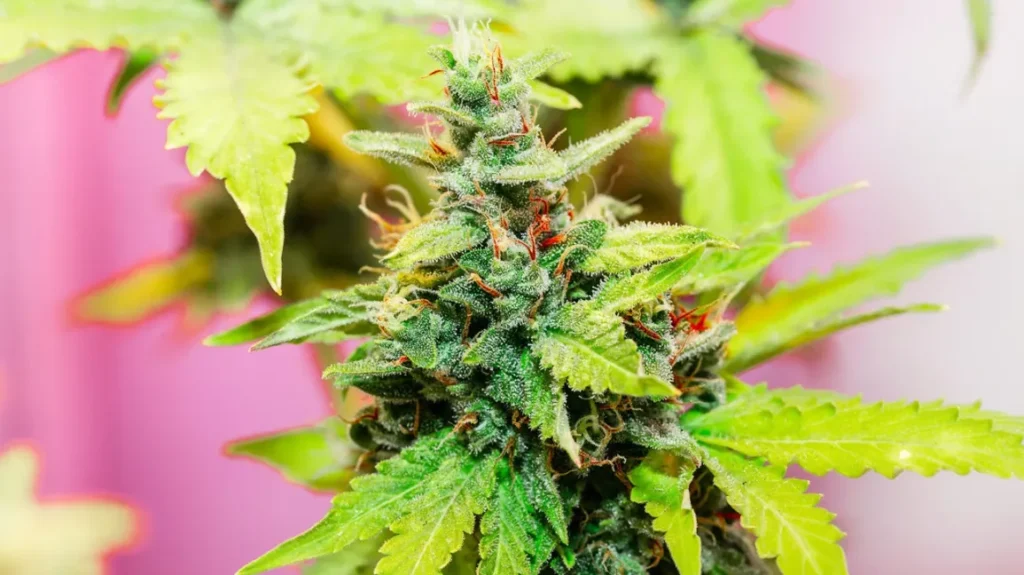Weeds in Simferopol: A Growing Environmental Challenge

Simferopol, the capital of Crimea, is a city with a rich cultural history and a unique geographical setting, located at the heart of the Crimean Peninsula. Over the years, it has undergone significant transformations, from ancient settlements to a modern urban hub. However, like many urban areas around the world, Simferopol now faces an unexpected environmental challenge— the rapid spread of weeds.
Weeds, though often dismissed as mere nuisances, are much more than that. In Simferopol, they represent a growing concern that affects the environment, local health, and infrastructure. These plants, though naturally occurring, have become invasive in many parts of the city, outcompeting native vegetation and creating a host of challenges for residents and local authorities alike.
The Problem of Weeds in Simferopol
Simferopol is situated in a region with a diverse climate, ranging from semi-arid to temperate. This variation in climate has contributed to a range of plant species growing across the city and its surrounding areas. However, the urban sprawl, industrial activity, and increased human intervention in the natural landscape have created conditions where certain plant species are thriving to the detriment of others.
The city’s rapid urbanization and disturbed soil have given rise to many invasive species of weeds, some of which have taken hold in public spaces, parks, roadsides, and even residential gardens.
One of the most prevalent weeds in Simferopol is Ambrosia artemisiifolia, commonly known as ragweed. This plant is notorious for its ability to spread rapidly and produce large quantities of highly allergenic pollen. For those who are sensitive to allergens, ragweed can cause severe allergic reactions, including hay fever, asthma, and skin irritation.
Environmental Impact
Weeds in Simferopol not only impact human health but also have far-reaching environmental consequences. In many areas, invasive weeds are displacing native plants, which in turn affects local biodiversity.
Moreover, weeds can disrupt the ecological balance by changing the composition of the soil. This process not only harms local flora but can also affect fauna that rely on those plants for food.
In urban areas, the dominance of weeds in parks and green spaces can also reduce the aesthetic value of these areas.
Health Risks Linked to Weeds
The health risks associated with weeds in Simferopol are most evident in the case of ragweed. Individuals who suffer from hay fever, asthma, and other respiratory conditions are particularly vulnerable during ragweed’s blooming season.
The pollen can travel long distances, and in an urban setting like Simferopol, it easily spreads through neighborhoods, schools, and workplaces, affecting a large portion of the population.
In addition to ragweed, other weeds, such as dandelions and bindweed, contribute to a broader range of environmental health problems.
Efforts to Control Weeds
This is often done through manual labor, using tools to uproot the plants before they can seed and spread further.
In some cases, the use of herbicides has been considered as a way to control aggressive weeds. As a result, there is a growing emphasis on finding more sustainable and eco-friendly solutions to weed management.
One promising method involves the use of natural predators or biocontrols to reduce weed populations. In some parts of the world, insects or other organisms that feed on invasive plants have been introduced to help control their spread.
Looking Ahead: Sustainable Solutions
To tackle the issue of weeds in Simferopol effectively, a long-term, multifaceted approach is needed. One of the key strategies involves raising awareness among residents about the importance of controlling weeds in their own yards and gardens.
Furthermore, promoting community-based gardening initiatives and fostering a connection between residents and their natural environment can help reduce the negative impacts of weeds.
In conclusion, the spread of weeds in Simferopol is a growing issue that requires immediate attention. These plants are not just an aesthetic concern but also pose significant environmental, health, and economic challenges.
You’re the best when it comes to marijuana products , always taking care of me. Definitely recommending you to my friends. Thanks for the quick delivery .Really happy with the product .As usual, it’s top-notch. Keep it up you. you can contact them on email Scenthub43@gmail.com and also there Telegram : https://t.me/Scenthub43
wow Thanks for the referral they have great service and got the best weed around. and the delivery is so smooth.

Thanks for always being reliable! I can always count on you for good product.
You’re the go-to in the area for a reason. Always a smooth experience